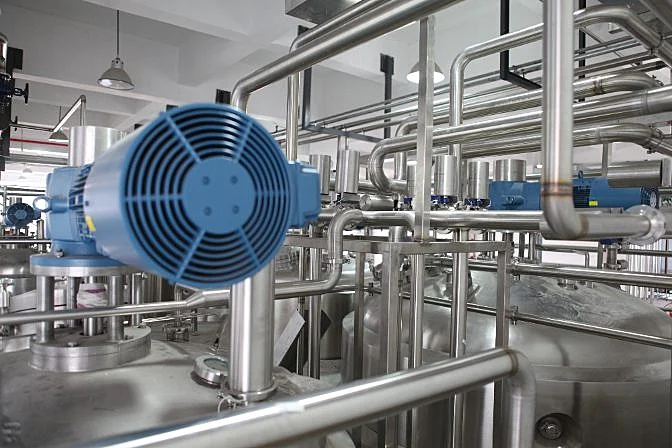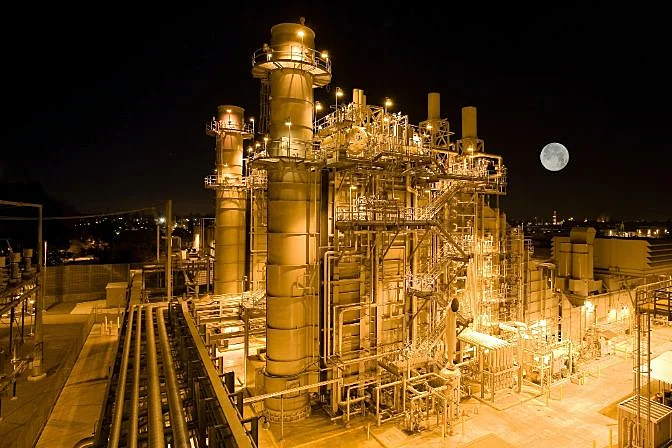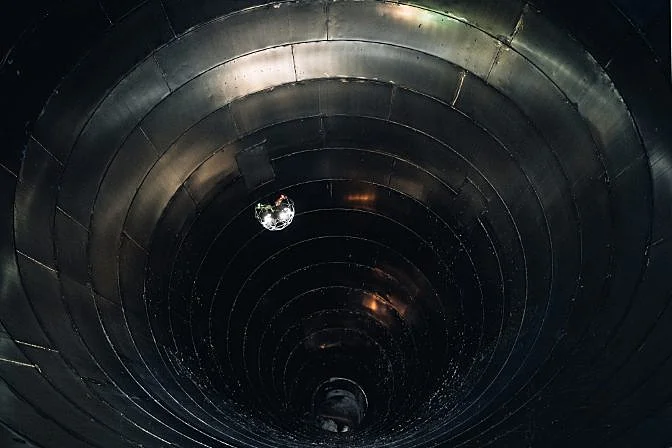Turnaround time refers to the total amount of time it takes for a process or task to be completed, from start to finish. It is often associated with the term "downtime," which describes the period when a system, machine, or operation is not functioning. Think of turnaround time as the duration between when a request is made and when it is fully resolved. This concept applies across various industries, including manufacturing, computing, logistics, and more. In industrial settings, turnaround time typically refers to the time an asset—like a boiler, pressure vessel, or other critical equipment—is taken offline for maintenance, upgrades, or necessary changes. These periods are usually planned in advance to minimize disruptions and ensure safety. In computing, turnaround time measures how long it takes for a process to complete after being submitted. In warehouse logistics, it represents the time from order submission to fulfillment. The goal is always to reduce this time to improve efficiency and customer satisfaction. Turnaround time at an industrial plant refers to the time required to shut down a specific piece of equipment or an entire facility for maintenance, repairs, or upgrades. This period is often referred to as downtime, a planned outage, or a plant turnaround. If an entire plant needs to be taken offline, the turnaround time includes all the hours during which operations are paused. During this time, nothing is produced, and the plant is effectively “off.†While most turnarounds are planned, unexpected events such as equipment failure or emergencies can also result in unplanned downtime. In these cases, the time it takes to resolve the issue and restore normal operations is still considered part of the turnaround time. Common types of work performed during planned turnarounds include regular maintenance, part replacements, repairs, equipment upgrades, and even responses to external events like global health crises. Turnaround time directly impacts profitability. When a plant or system is offline, it cannot produce goods or services, leading to lost revenue. Therefore, minimizing turnaround time is crucial for maximizing output and profit. This principle applies across many industries. For example, in shipping, faster delivery times mean more orders can be fulfilled, increasing revenue. Similarly, in power generation, every minute a plant is offline means a loss of potential income. For large-scale operations like oil refineries or power plants, even a single day of downtime can cost tens of thousands or even millions of dollars. However, machines need regular maintenance, so some downtime is unavoidable. Reducing turnaround time is essential for maintaining productivity and profitability. Here are five key steps that can help streamline the process without compromising safety: Effective planning is the foundation of a successful turnaround. Managers should identify the tasks, scope, schedule, and personnel involved. Conducting dry runs can also help uncover potential issues before the actual event. Anticipate engineering requirements in advance. Ensure all necessary tools and technology are ready and tested before the scheduled downtime. Proper preparation helps avoid delays during the actual turnaround. Clear communication among all stakeholders is vital. Without proper coordination, time and resources may be wasted. Make sure everyone involved is aware of the timeline and their responsibilities. During the turnaround, efficient management ensures that tasks are completed on time. A well-organized leader can prevent delays and keep the team focused on their goals. Post-turnaround reporting allows companies to evaluate what went well and what could be improved. This feedback loop helps refine future processes and increase efficiency over time. In addition to the five steps above, incorporating advanced technology like drones can further reduce turnaround times. Drones, especially those designed for confined spaces, offer a fast and safe way to collect visual data during inspections. Here are two key benefits of using drones like the Elios 3: Inspecting large, confined areas like boilers or pressure vessels often requires scaffolding, which can take weeks to build and dismantle. Drones eliminate this need by flying into the space, collecting data, and exiting quickly. This significantly cuts down on setup and teardown time. Drones can inspect assets much faster than human inspectors. One customer reported that a drone reduced inspection time by two-thirds, saving 20 hours of work. This translates into substantial cost savings and increased operational efficiency. Using drones not only improves efficiency but also enhances safety and reduces costs. Many companies have seen significant benefits, including millions in savings, by integrating drones into their turnaround processes. Quartz Glass Endless Wire Cutting Machine Quartz Glass Endless Wire Cutting Machine,Quartz Glass Slicing Machine,Quartz Tube Cutting Machine,Diamond Wire Cutting Machine Changzhou Kuaile Technology Co., Ltd , https://www.quartzglasssectionmachine.comWhat Is Turnaround Time? What Is Downtime?

What Does Turnaround Time Mean?

Why Turnaround Time Is So Important

Five Steps to Reduce Turnaround Time
1. Plan Ahead
2. Consider Engineering Needs
3. Coordinate Schedules and Communication
4. Manage the Turnaround Period Efficiently
5. Report After the Turnaround

How Drones Help Significantly Reduce Turnaround Times
1. Reducing the Need for Scaffolding
2. Speeding Up Data Collection
